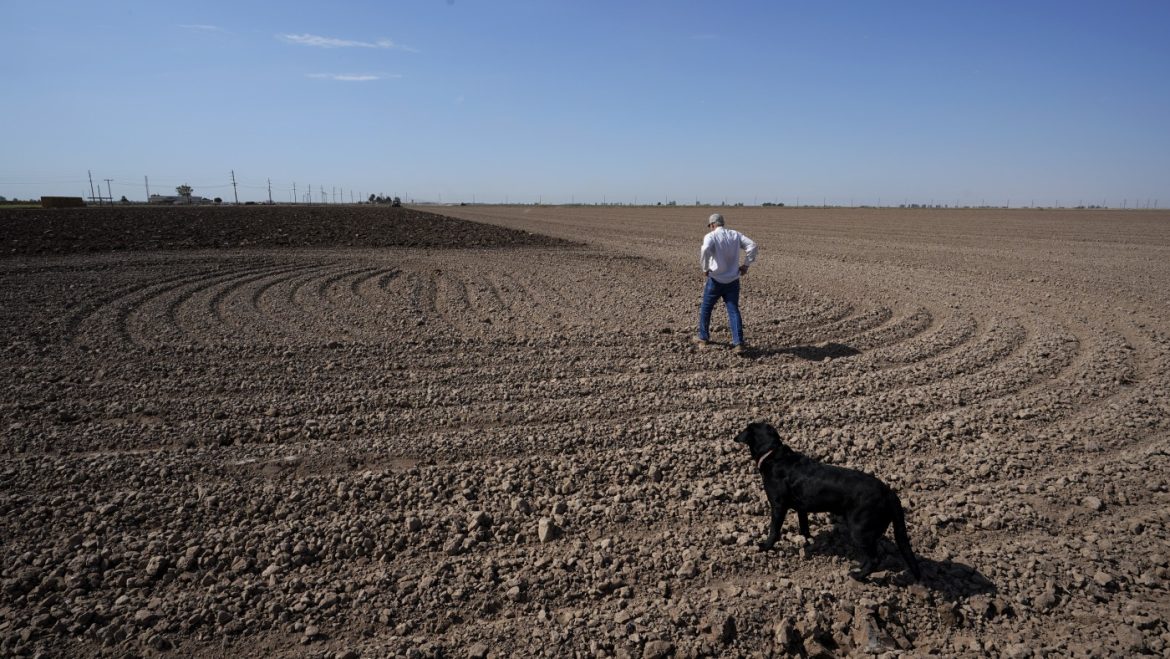The Trump Administration’s Impact on U.S. Climate Communication and Research Infrastructure
The relentless shift in the U.S. federal government’s approach to climate change communication and research became starkly evident under President Donald Trump’s administration. A cascade of policy decisions, staffing cuts, and website purges aimed at minimizing or eliminating public-facing climate science information has left the nation’s climate research and outreach ecosystem severely crippled. Central to this unraveling is the gutting of Climate.gov— the government’s key climate information platform — along with significant disruptions at agencies like NOAA, NASA, and the EPA.
The Decimation of Climate.gov: A Vital Public Resource Disabled
Climate.gov has long served as an authoritative hub for climate-related data, timely updates, research findings, and accessible educational resources. It produced a rich mix of content, including explanatory graphics, maps, and reports that informed the public, scientists, policymakers, and educators alike. Prior to recent upheavals, a dedicated team of about ten specialists was responsible for crafting and maintaining this essential site.
The Trump administration’s decision to terminate the contracts of almost all staff maintaining Climate.gov has stopped the production of new content and left the future accessibility of the website uncertain. This action dismantled a crucial communication bridge between U.S. federal agencies and the public on climate issues, effectively hobbling a resource visited by hundreds of thousands each month.
Employees and observers suggest that the firings were politically motivated actions orchestrated by appointees aiming to restrict or censor climate information from government channels. Despite repeated inquiries, the White House has remained silent on their rationale or future plans for the site.
Broader Removal of Climate Data and Web Content Across Agencies
Climate.gov is not the only casualty. The Trump administration has systematically ordered the removal of climate change references and scientific data from many federal agency websites, including those of the USDA, EPA, and NASA. Agencies un-published or archived pages focusing on the climate crisis, drastically reducing public access to federally verified climate science.
This erasure extends beyond websites. Budget cuts, layoffs, and policy rollbacks blurred the lines between strategic science outsourcing and direct suppression:
– The National Oceanic and Atmospheric Administration (NOAA) faced research program eliminations and reduced funding, undermining crucial climate modeling capacity.
– NASA’s Goddard Institute for Space Studies — a cornerstone of climate monitoring for nearly six decades — faced closure and a forced reduction of staff to remote work with unclear relocation or continuation plans.
– The EPA saw staffing cuts as high as 65%, alongside the rollback of pollution controls and environmental protections critical for climate and public health.
The cumulative effect is a stark contraction of the U.S.’s climate research infrastructure and an alarming reduction in the transparency and availability of climate data.
Scientific Community and Public Backlash
Scientists and environmental advocates have responded to these purges with strong criticism, warning that suppressing publicly funded climate data and research will not diminish the unfolding reality of climate change but severely harms informed decision-making. Many have scrambled to archive deleted or endangered data, striving to preserve resources critical to study and respond to climate risks.
Health experts have voiced concerns about the rollback of pollution limits under the EPA, predicting significant increases in pollution-related health consequences. Meanwhile, legal challenges have emerged, aiming to compel government agencies to restore or maintain public access to climate information and tools.
The Larger Implications for Climate Policy and Public Safety
The Trump administration’s approach reflects a broader agenda to minimize climate change as a governmental priority. By disrupting climate communication channels and research programs, these actions effectively slow the nation’s capacity to prepare for and respond to climate hazards. This is especially dangerous given the increasing frequency and severity of climate-driven events such as wildfires, hurricanes, droughts, and heatwaves.
Cutting staff and funding for climate research laboratories and programs reduces the scientific foundation necessary to model future climate scenarios and develop mitigation strategies. Disinformation or silence on climate topics risks eroding public trust and awareness, making collective climate action even more challenging.
Conclusion: A Setback in America’s Climate Legacy
The deliberate dismantling of climate.gov and the sweeping removals of climate science from government digital platforms signify more than administrative changes—they represent a profound assault on the legacy of American climate research and public education. This retrenchment undermines national and global efforts to understand and combat climate change, jeopardizing public safety, environmental justice, and informed policymaking.
Restoring these vital resources and recommitting federal agencies to transparent, science-based climate communication is crucial for reversing this damage. The climate crisis will not pause, and neither can the public’s right to accessible, trustworthy information. The story of Climate.gov serves as a stark reminder that climate science, if obscured or defunded, leaves society navigating an increasingly uncertain future with one hand tied behind its back.


